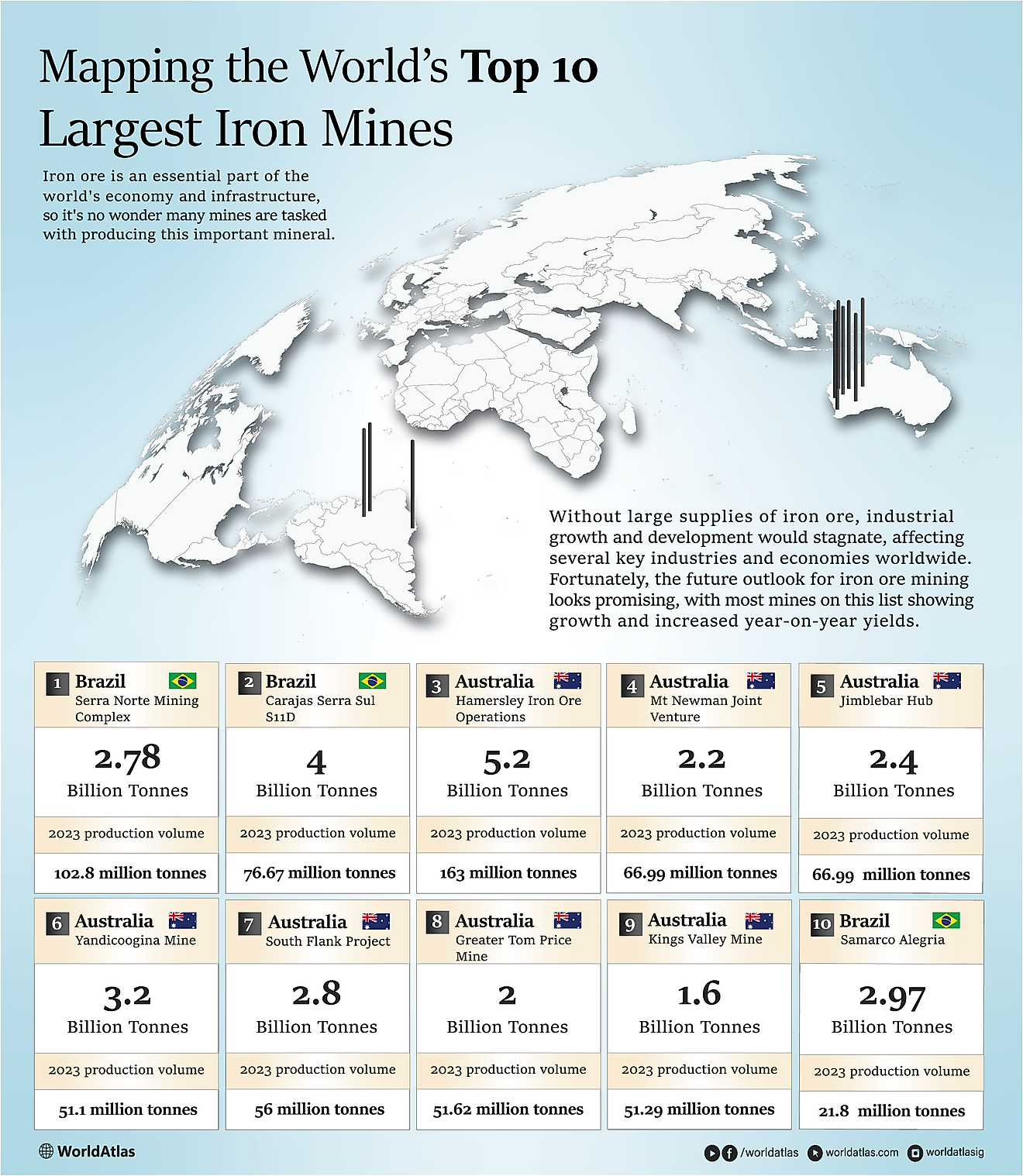What is Corporate Welfare?

Corporate welfare refers to financial help and tax rewards that are given by the US government to corporations and businesses. This term was coined by Ralph Nader in the year 1956. While welfare for the poor is meant to alleviate poverty, corporate welfare is supposed to boost industries or spread the effect of a corporations output so that it can have more impact or reach more people. This provision is made in the form of subsidies, contracts, and grants. In some cases the term is restricted to subsidies to major companies and does not include tax advantages, favorable regulations, or trade resolutions which would be more expensive to conjure.
Direct and Indirect Subsidies
The government provides funds in these two forms. Direct subsidies refer to the financial support given to different fields and programs for use in a specific plan or project. Such projects may include agricultural areas, energy, transport, economic growth and development, technology, or research. Indirect subsidies, on the other hand, is supported by the government in promoting goods and services from American corporations to revive dying businesses. The benefits of corporate welfare can be long term or short term depending on the commercial sectors.
Analyses of Disbursement and Expenditure
The biggest portion of direct subsidies goes to farming and agriculture. This disbursement faces a lot of disapproval as stakeholders feel like, in order for the agricultural sector to receive that amount of funds, it should be able to contribute to economic development in the same measure. Other critics also feel like technological advancement has greatly reduced the operation costs.
Corporate welfare also supports programs that are beneficial to the country; an example is the Advanced Technology Program that is beneficial to the economy. The benefactors, mostly Fortune 500 companies, receive these funds so that they can turn their costly creations into innovative products that are more accessible.
Billions of taxpayer money are directed to corporate welfare every year, with individual projects getting up to millions annually. The Carto Institute conducted an analysis that estimated the total amount of money spent by the US government in corporate welfare to be about US$92 billion according to the 2006 budget. In the 2012 federal budget, this figure was approximated to have risen to $100 billion.
Criticisms of Corporate Welfare
This government project has faced a lot of backlash from the American citizens, with a general feeling that established corporations benefit more from the program than smaller and struggling companies that deserve the help. An example is the agricultural subsidies which have been criticized for being advertised as support for individual farmers in Midland, while in the real sense most of the funds go to Archer Daniels a large corporation in Midland.
Several terms have been used to depict the perception of the program. Michael Harrington in his book The Other America, refers to corporate welfare as "Socialism for the rich, capitalism for the poor". "Privatizing gains and publicizing losses" is another term used to express how corporations keep their profits and share losses by asking the government for help which comes from taxpayers pockets.











